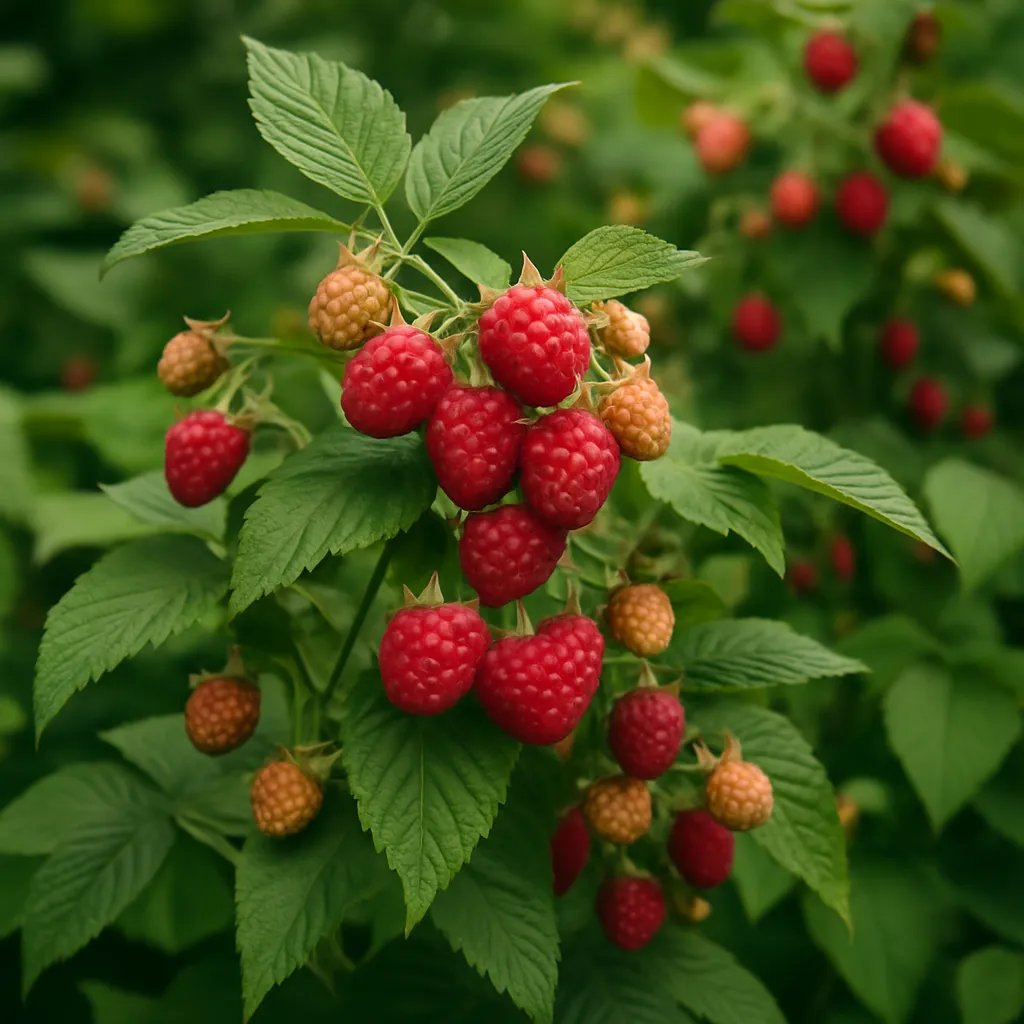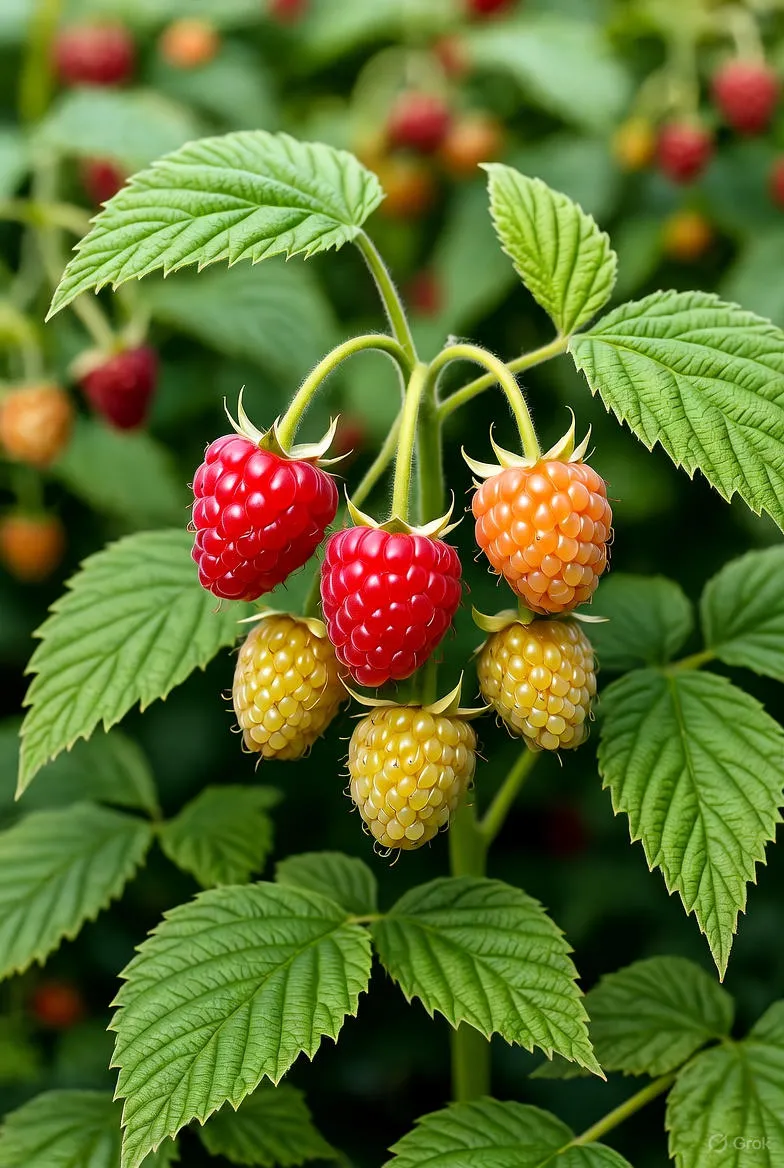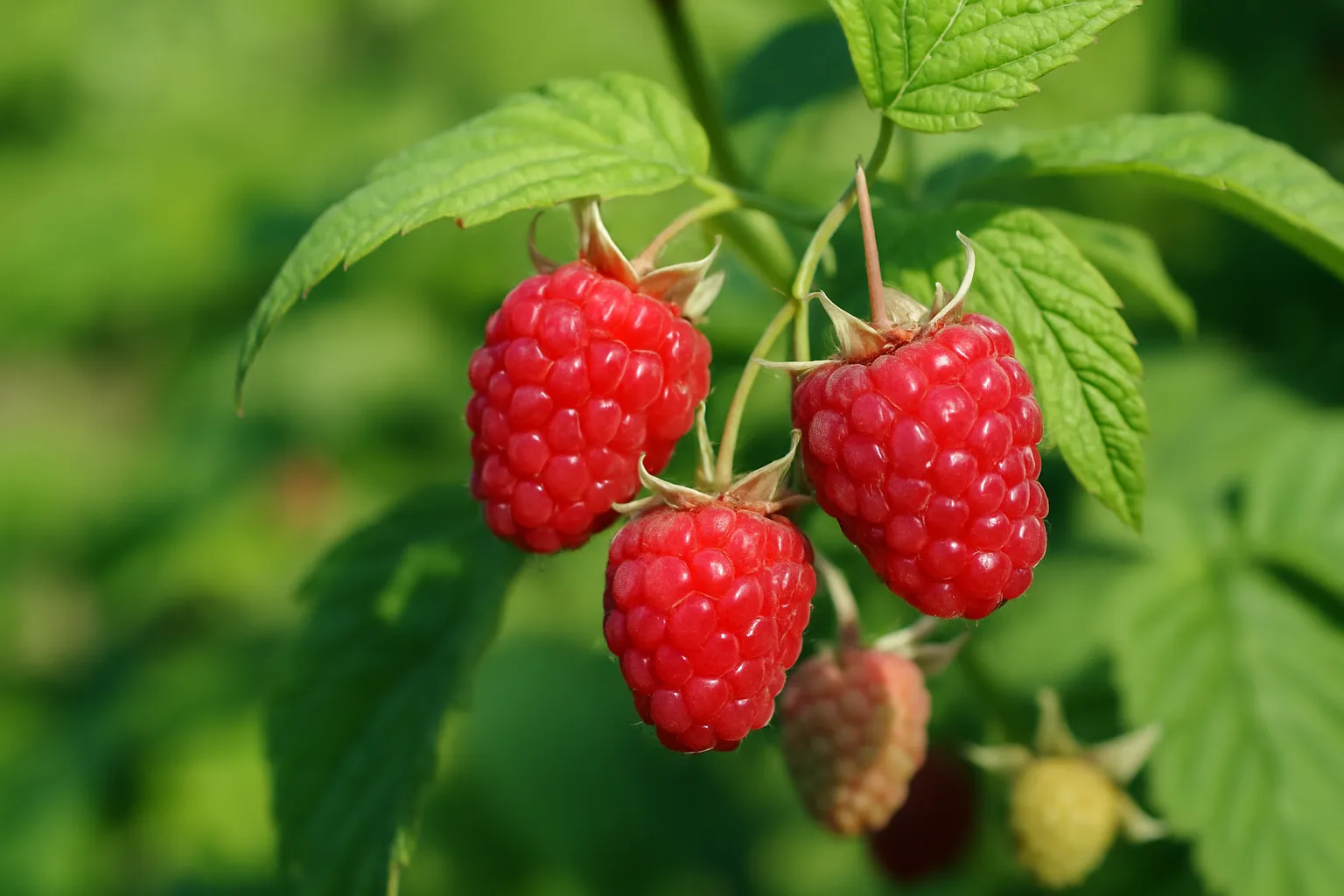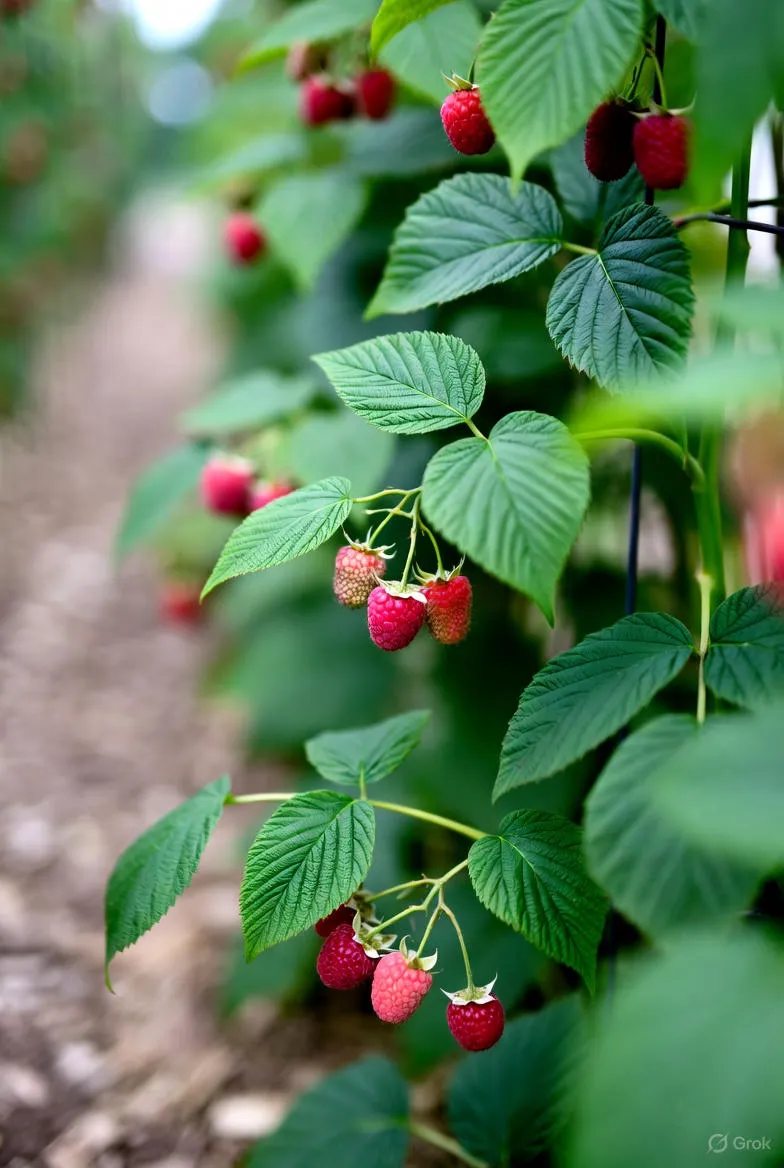Raspberry Bush Maintenance Tips: How to Keep Your Plants Healthy and Productive All Year Round
Discover essential raspberry bush maintenance tips to keep your plants healthy, productive, and disease-free all year long. Learn about pruning, watering, soil care, and more.

Raspberries are a beloved addition to any garden, offering sweet and tangy fruit that is both delicious and nutritious. However, maintaining a healthy raspberry bush requires consistent care and knowledge of the plant’s specific needs. From pruning to pest control, every step you take contributes to a fruitful harvest. This guide provides comprehensive tips for raspberry bush maintenance that will help you cultivate strong, productive plants season after season.
Understanding Raspberry Growth Cycles
Raspberries grow in cycles that depend on whether they are summer-bearing or everbearing (also called fall-bearing). Understanding these cycles is essential for proper pruning and fertilization.
- Summer-bearing raspberries produce fruit once a year, usually in early to mid-summer. They bear fruit on two-year-old canes, called floricanes.
- Everbearing raspberries produce fruit twice—first in late summer on new canes (primocanes), and again the following year on the same canes.
Knowing the type you are growing allows you to plan pruning and maintenance accordingly, ensuring that you don’t accidentally remove next year’s fruiting canes.
Soil Preparation and Fertilization
Raspberry bushes thrive in rich, well-drained soil with a slightly acidic pH between 5.5 and 6.5. Before planting, enrich the soil with organic matter such as compost or well-rotted manure. This not only improves soil structure but also enhances nutrient retention.
Fertilization Tips:
- Apply a balanced fertilizer (10-10-10) in early spring as new growth begins.
- Avoid excessive nitrogen, which can lead to lush foliage but poor fruiting.
- In mid-summer, apply a light dose of compost or mulch to replenish nutrients naturally.
Keep in mind that raspberries have shallow root systems, so avoid over-tilling the soil to prevent root damage.
Pruning Techniques for Healthy Growth
Proper pruning is vital for controlling the size of your raspberry patch, improving airflow, and encouraging new growth. The method depends on the type of raspberry plant you have.
For Summer-Bearing Raspberries:
- After harvesting, cut all the canes that bore fruit down to the ground.
- Leave the new green canes (this year’s growth) intact; these will produce fruit next year.
- Thin the canes to about 4–6 of the strongest per linear foot of row to ensure proper spacing and airflow.
For Everbearing Raspberries:
- After the fall harvest, you can prune all canes to the ground to encourage a single large summer crop the next year.
- Alternatively, if you want two crops, only remove the top part of the canes that bore fruit and leave the lower sections for next season’s yield.
Always use clean, sharp pruning tools to minimize the risk of disease transmission between plants.
Watering and Mulching
Raspberry bushes need consistent moisture, especially during fruit development. However, overwatering can lead to root rot. A balanced approach is essential.
- Water deeply once or twice per week, depending on rainfall and soil type.
- Use a drip irrigation system to provide even moisture without wetting the foliage.
- Mulch with organic materials like straw or wood chips to retain soil moisture and suppress weeds.
Mulching also helps regulate soil temperature, protecting roots during both hot summers and cold winters.
Pest and Disease Management
Raspberries can be vulnerable to pests and diseases if not properly managed. Common issues include aphids, spider mites, cane borers, and fungal infections like botrytis and anthracnose.
Prevention Tips:
- Inspect plants regularly for early signs of damage or discoloration.
- Encourage beneficial insects such as ladybugs to help control pest populations naturally.
- Remove any diseased canes immediately to prevent the spread of infection.
- Ensure good air circulation by maintaining proper spacing between plants.
- Avoid overhead watering to minimize moisture on leaves and fruit.
For fungal problems, applying organic fungicides or neem oil can help protect plants without harming beneficial organisms.
Support and Trellising
As raspberry canes grow tall and heavy with fruit, they benefit greatly from support structures. A trellis system keeps the canes upright, improves air circulation, and makes harvesting easier.
Simple Trellis Setup:
- Install sturdy posts about 6–8 feet apart along the row.
- Stretch two or three horizontal wires between the posts at different heights (around 2, 4, and 5 feet).
- Gently tie canes to the wires using garden twine or soft ties, avoiding tight knots that could damage the stems.
This setup helps prevent canes from bending or breaking under the weight of the fruit, ensuring healthier plants and easier maintenance.
Harvesting and Post-Harvest Care
Raspberries are ready to pick when they come off the stem easily and are deep in color. Handle them gently to avoid bruising. Store them in a cool place immediately after harvesting, preferably in shallow containers to prevent crushing.
Regular harvesting encourages continued fruit production during the season, as ripe berries left on the plant can attract pests and slow down new growth.
Winter Preparation
Proper winter preparation ensures your raspberry bushes survive the cold months and return stronger in spring. After the final harvest and pruning, apply a layer of mulch (4–6 inches) around the base of the plants to insulate the roots.
In regions with harsh winters, consider bending the canes gently and securing them closer to the ground to protect them from freezing winds. In milder climates, focus on soil health and pest prevention instead.
Common Mistakes to Avoid
- Overcrowding: Too many canes per row limit airflow and promote disease.
- Skipping pruning: Unpruned bushes become tangled and unproductive.
- Neglecting pest control: Small infestations can quickly escalate if ignored.
- Over-fertilizing: Leads to excessive foliage and fewer berries.
- Poor drainage: Causes root rot and weak growth.
By avoiding these pitfalls, your raspberry bushes will reward you with a robust and consistent harvest every year.
Final Thoughts
Maintaining raspberry bushes may seem demanding, but with consistent care, the rewards are tremendous. Proper pruning, feeding, watering, and pest management all contribute to vibrant, fruit-laden canes. Over time, you’ll develop a deeper understanding of your plants’ needs, making each season’s harvest better than the last. Remember, healthy soil and mindful maintenance are the foundation of a thriving raspberry patch that continues to delight for years to come.


